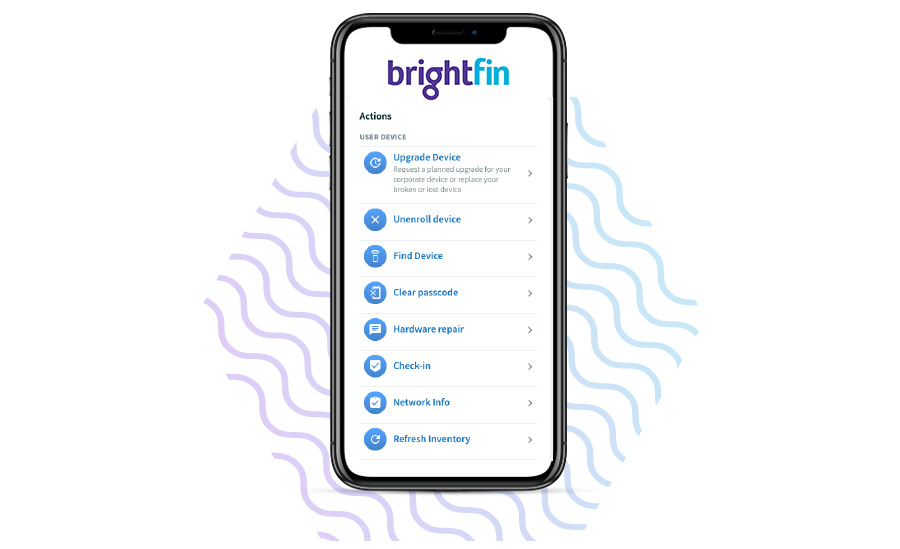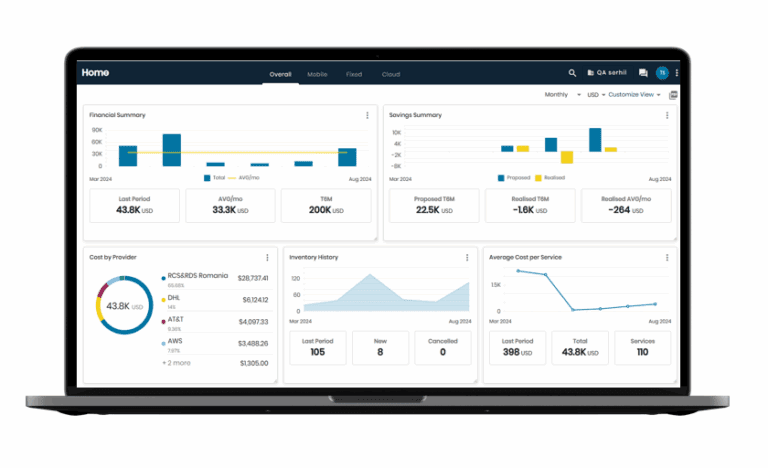Shadow IT encompasses all unapproved technology on corporate networks — from software to hardware to cloud services. The concern is that these applications can introduce security risks and other problems that could have been avoided if they had been deployed through an official process.
Cloud computing and mobility are fostering an environment where individuals are able to easily access applications, programs, and services. These tools allow employees to work efficiently but also become a source of frustration and risk when services or technologies are being used outside of IT department sanctions.
This growing phenomenon is known as shadow IT, where many employees have started experimenting with technologies that their company hasn’t approved. This is a growing problem as shadow IT may seem like a harmless trend, but it can lead to big problems for enterprises
Why Shadow IT is Common
The proliferation of mobile devices is driving the need for greater security in the workplace. Employees have become accustomed to accessing work data from anywhere and on any device, which means they’re also becoming accustomed to using unsanctioned applications that improve productivity and business processes. Mobile apps like Box, Dropbox and Google Docs are common examples of this phenomenon.
Shadowed cloud services have been around for some time now, but as employees become more comfortable with them, it will become increasingly difficult for IT departments to keep tabs on usage levels and ensure compliance with corporate policies regarding data storage and transfer.
BYOD policies further complicate matters because they allow employees complete control over which devices they want to bring into the office — again with little oversight from IT departments or management teams. With no official approval process in place, employees can simply install whatever software they want onto their personal devices without hindrance.
Why Shadow IT is Risky
Shadow IT is a blessing and a curse. On one hand, it offers an easy way for employees to complete job tasks without having to go through the cumbersome process of requesting IT resources. On the other hand, it introduces unprecedented risks, inefficiencies, and cost to the organization.
Shadow systems are unmanaged. Shadow IT users have no clear understanding of what sensitive data is being stored on the system or how to protect it.
Shadow users don’t follow security policies and procedures. Employees may use these platforms for personal reasons and not be trained in proper security practices. The lack of training can lead to accidental leaks of sensitive information.
Shadow systems are incompatible with corporate infrastructure. Shadow systems often lack integration with existing enterprise tools and applications, which creates more work for IT personnel as they try to make sense of data from multiple sources.
Shadow systems drain resources from core IT infrastructure. Shadow users often operate independently from corporate networks, which means that they must connect through alternative channels like public Wi-Fi hotspots or cellular data networks. These alternate routes can increase costs by forcing the company to purchase additional bandwidth capacity or pay for mobile data plans for each employee using a shadow system
The top four shadow IT trends to watch out for:
1 – The proliferation of mobile devices: While it’s great that employees can work remotely from anywhere at any time, this leaves organizations with less control over their data security policies and compliance requirements. Employees can use their personal devices for work purposes and bring their own apps into the workplace without any company oversight. This poses a security threat as well as a productivity issue.

2 – Data leakage: Shadow IT systems often have weak or nonexistent security measures to protect sensitive data. This can lead to data loss or breach if not properly protected by encryption and other security measures.
3 – Insufficient time for testing: Shadow IT systems may not have been properly tested before being implemented into the business processes. This can cause operational disruption if it fails or malfunctions while being used by employees.
4 – Lack of visibility into data usage patterns and trends: Due to its decentralized nature, there is no visibility into how employees are using shadow IT systems — making it difficult for companies to identify problems early and take corrective action before they escalate into major issues.
Conclusion
Shadow IT, while a hot topic in the press recently, has been an ongoing challenge for IT departments to manage. One of the best ways to combat this issue is by empowering employees and educating them on IT solutions that are available to them. This can be done through formal training sessions, webinars, or building educational modules into their existing technology systems.
Ultimately, shadow IT exists because it is addressing a work-related need. As long as the IT department cannot provide a solution that is as successful in addressing these needs, employees will likely continue using shadow IT solutions to assist them at work.






